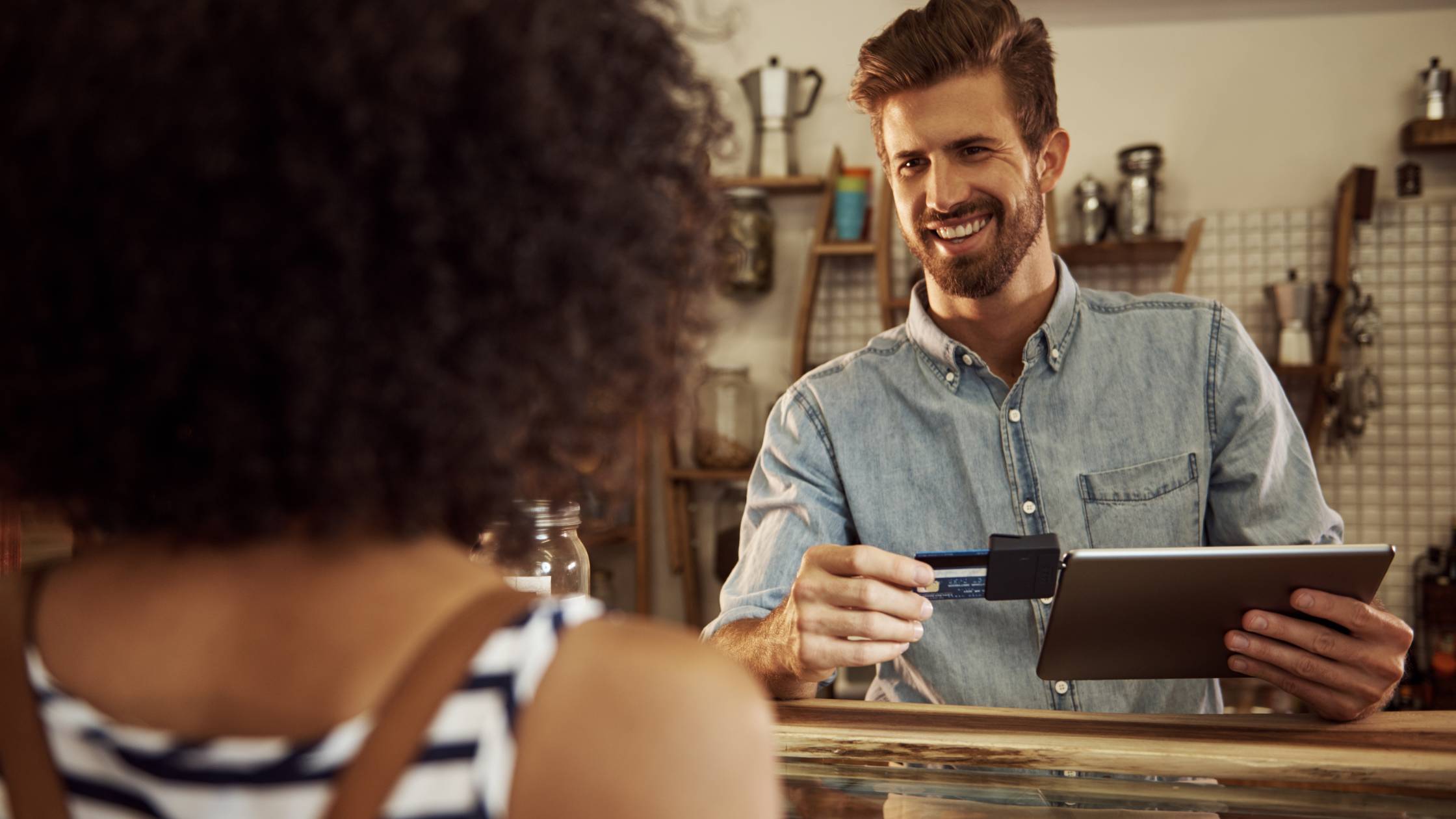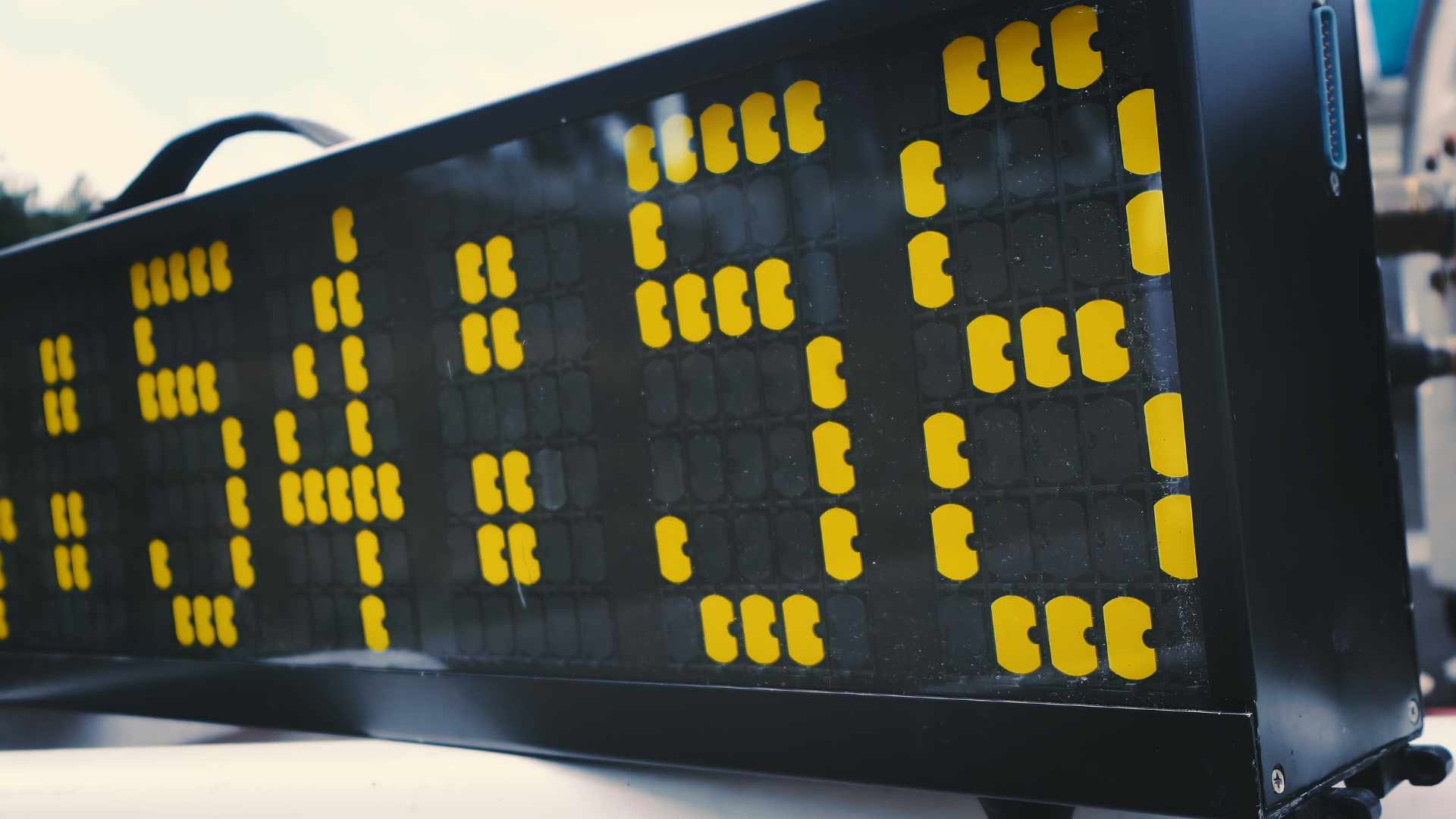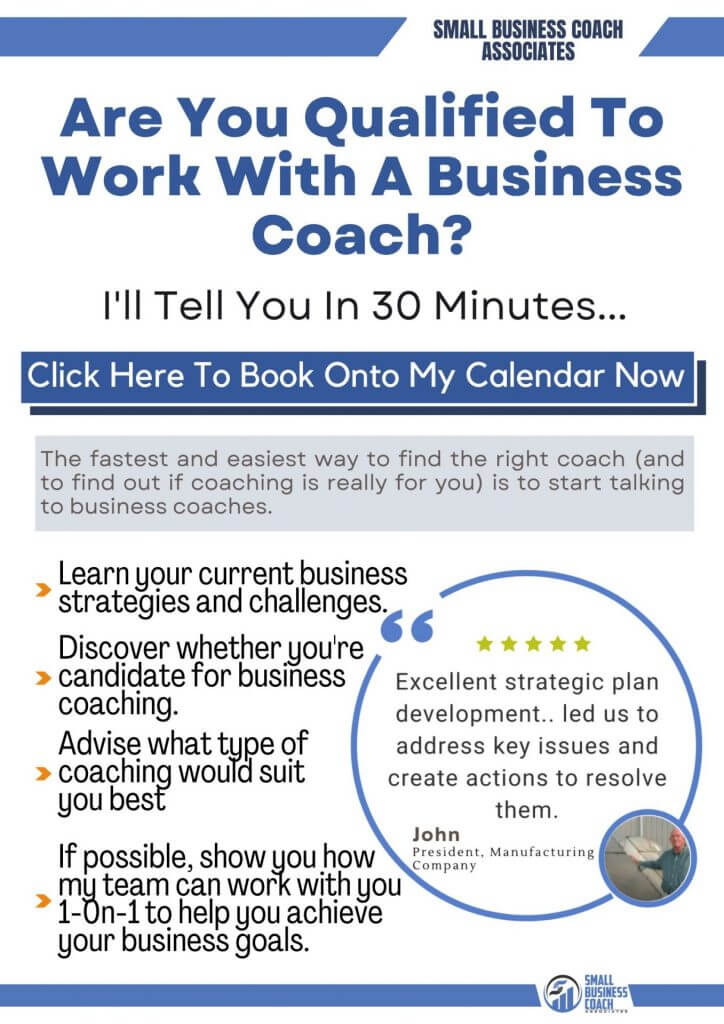VIEW BY TOPIC
- Finding Customers
- Business Systems
- Managing Employees
- Leadership
- Managing Money
Related Posts

Ready to Grow Your Business Fast?
Here’s How I Grew Five Businesses, and Eventually Sold One to a Fortune 500 Company.
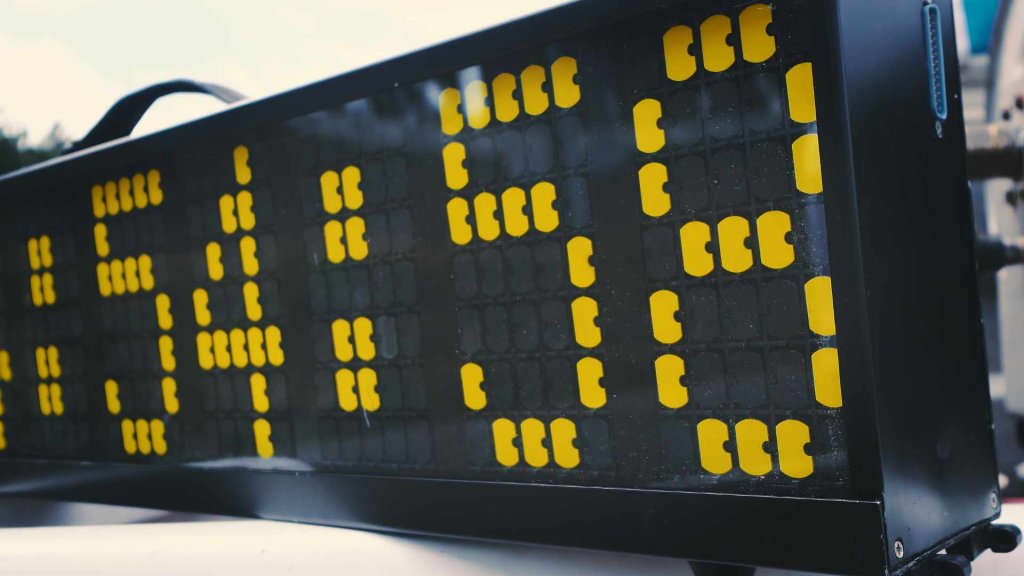
Harnessing Time: Using Countdown Clocks for Event Marketing
Looking to make your event truly memorable? Consider incorporating a countdown clock for websites. They’re an effective way to generate excitement and anticipation among attendees. By including them in your event promotions, you’ll capture people’s attention and encourage greater engagement. This, in turn, can result in improved turnout and overall outcomes for your event.
Why Use Countdown Clocks?
The moment we come across a countdown clock, it naturally captures our attention. Watching the numbers count down creates a sense of curiosity, making us wonder about the occasion. This innate inquisitiveness becomes an advantage for marketers. When potential attendees see the dwindling seconds and minutes, they are drawn into the details of the event, eager to uncover the mystery behind the ticking timer.

However, the appeal of a countdown doesn’t stop there. With each passing day, hour, and minute, excitement grows exponentially. Attendees and potential participants find themselves caught up in a whirlwind of anticipation. They contemplate the activities, surprises, and all the possible experiences that await at the event. This mounting enthusiasm is tangible and infectious, enhancing the allure of the event.
The countdown clock, although often underestimated, is actually a tool in the field of event marketing. It has the ability to grab people’s attention, generate excitement, and motivate them to take action, all of which are essential for a successful turnout at an event.
The Psychological Appeal of Countdown Clocks
Countdown clocks tap into emotions that humans experience, particularly related to anticipation. As these clocks continuously mark the passage of time, they ignite our curiosity and excitement, drawing us closer to the significant moment they represent. Three fundamental psychological principles underlie this captivating appeal:
- Scarcity Principle. As each second disappears, the upcoming event takes on an air of exclusivity, making it appear rare and, therefore, more desirable.
- Fear of Missing Out (FOMO). With each tick of the clock, a sense of anxiety intensifies about missing out on a valuable opportunity, prompting people to take swift action.
- Goal Orientation. It keeps us focused on the event’s importance. Every glance at the diminishing time serves as a reminder, ensuring that we prioritize and don’t let this event fade into the background amidst our busy lives.
Collectively, these factors contribute to countdown clocks being a tool in marketing efforts.
Incorporating Countdown Clocks in Event Marketing
Integrating your events landing page with a countdown clock can have multiple benefits. Not only does it provide immediate visibility of the event’s proximity to visitors, but it also creates a sense of urgency that encourages them to take action. It can encompass registering for the event, purchasing tickets, or exploring event details, and placing it strategically can effectively convert casual website visitors into participants.
Incorporating countdown clocks into event emails serves two purposes. Firstly, it serves as a reminder of the upcoming event, nudging recipients to keep it on their radar. Secondly, it creates a sense of importance and urgency, motivating them to prepare for the event or secure their attendance by completing registrations.
Using social media platforms like Instagram, Twitter, and Facebook can be instrumental in capturing attention and sustaining interest in your event. Regularly update your audience about the dwindling time until the event generates excitement and maintains engagement. Additionally, integrating the countdown with content such as polls about expectations for the event, quizzes related to its theme, or hashtags promoting discussions about the upcoming occasion can further enhance audience participation.
Best Practices for Effective Countdowns
Timing is crucial when it comes to choosing the duration for your countdown. It should be determined by the nature and size of your event. For high-stakes events like conferences or major product launches, a longer lead time can help build momentum and give potential attendees more time to plan. On the other hand, local events such as community fairs or pop-up shops might benefit from a shorter countdown that creates buzz within a shorter time frame.
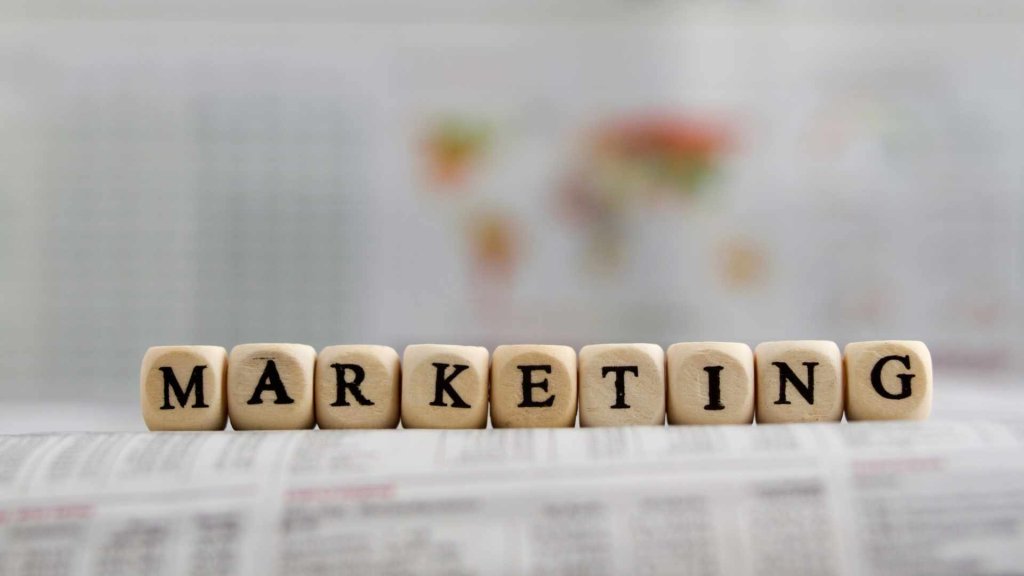
Today, audiences engage with brands across multiple platforms; thus, consistency is key. This not only maintains a sense of urgency but also ensures a cohesive brand experience. Consistent countdowns eliminate confusion. Ensure that no matter where your audience sees the event promotion, they receive the same clear message.
To make your countdown more impactful, include relevant details alongside the clock itself. Highlighting the date ensures that nobody misses out due to forgetfulness. Providing venue information helps with logistics planning. Additionally, showcasing attractions or speakers can be an enticing factor that helps potential attendees make their decision to participate.
Digital consumers expect more than passive content consumption; they crave interaction, sharing, and discussions. Adding engaging features like “share” buttons empowers your audience to spread the word about your event. Offering teasers, sneak peeks or behind-the-scenes glimpses can ignite curiosity. Encourage conversations, thereby solidifying your event’s presence in the public’s mind.
Personalization is key to marketing success; tailor-made countdown experiences can significantly impact. Using user data, you can create countdowns that enhance individual engagement. For instance, sending a customized email countdown to registrants that not only counts down the time but also reminds them of workshops they’ve signed up for or networking opportunities available can create a more personal and immersive user experience.
Conclusion
Using countdown clocks as a marketing strategy is a way to engage audiences during events. These clocks tap into our emotions like anticipation, the fear of missing out, and the appeal of limited availability. The ticking seconds act as a reminder, building excitement and creating a sense of urgency. For marketers, these clocks are not just elements; they are powerful tools that can greatly enhance campaigns.
However, their effectiveness is maximized when used thoughtfully. It is important to align their presence and design with the nature of the event, the preferences of the target audience, and the overall marketing objectives. This ensures an impactful message that resonates with attendees and drives event success.








